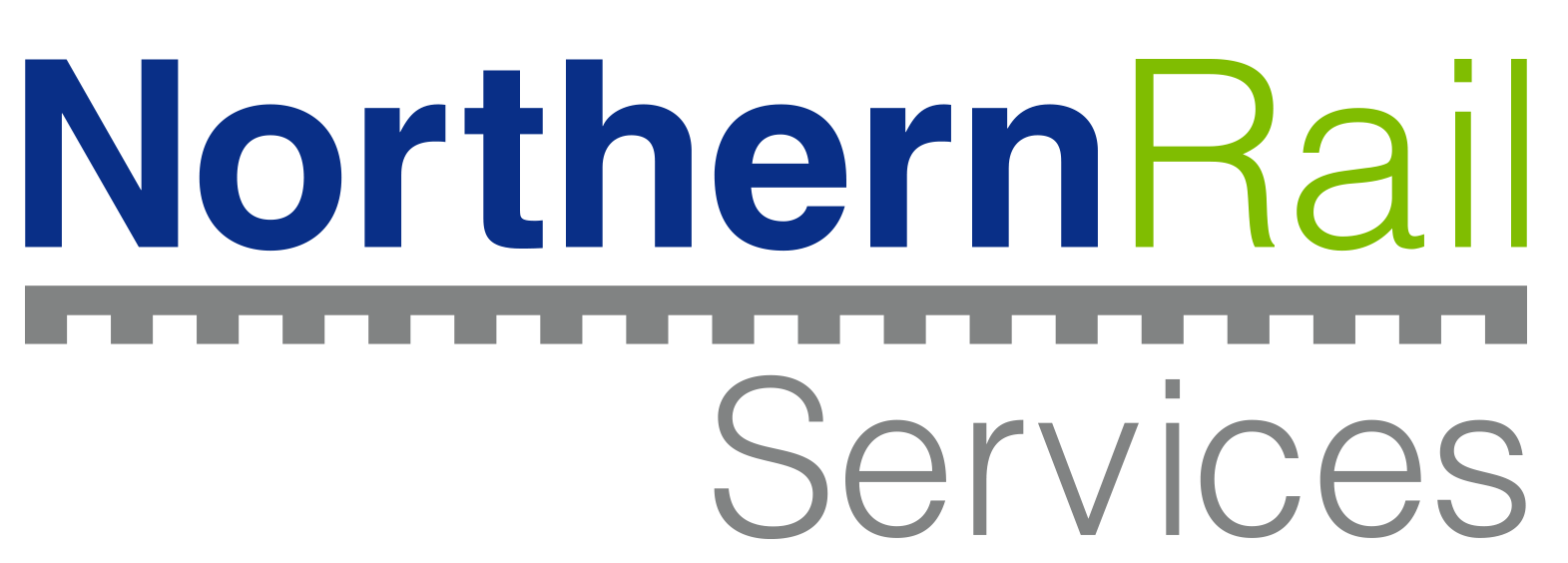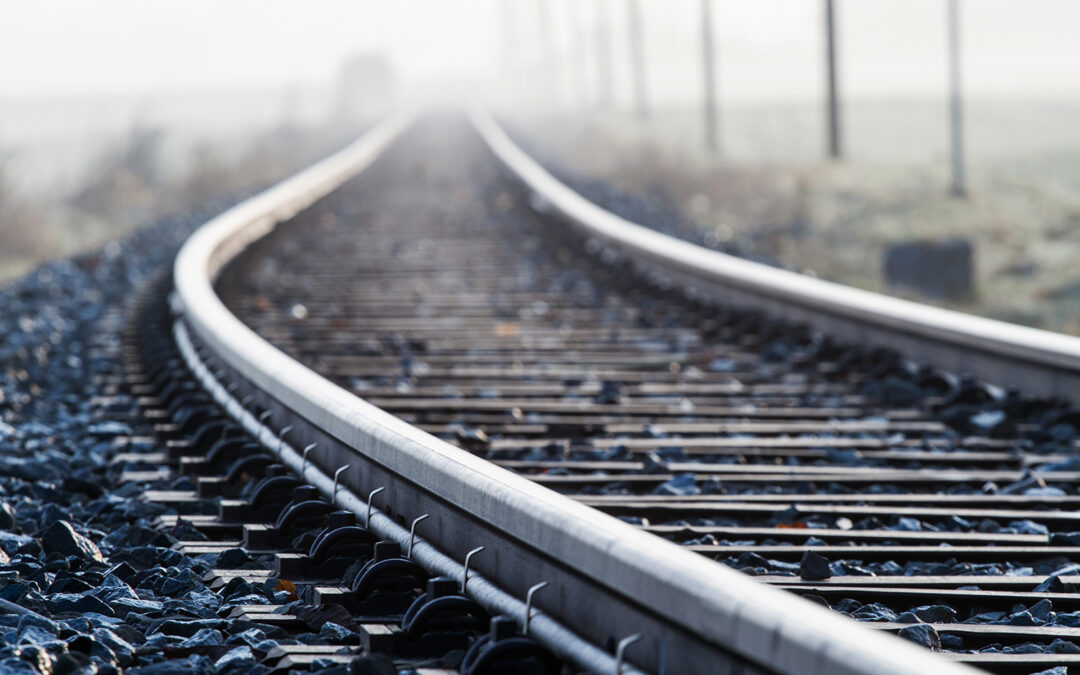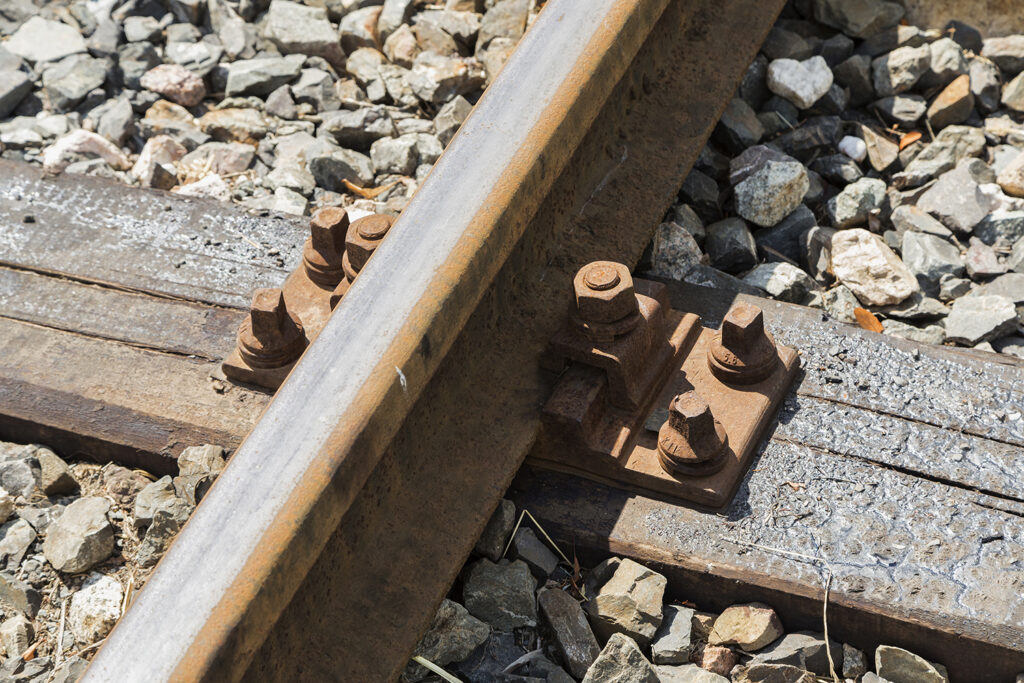What Goes into a Railroad Track Inspection: Do you have a train track nearby? You might be used to the noise by now, but next time you hear a train off in the distance take a moment to appreciate the massive forces being applied. How far away are you from the track? A mile or two? Even then, we bet you can feel the vibrations in your home as the train passes through.
Now, think of the amount of force that would cause the ground to vibrate nearly 2 miles away from its source, and consider how much force is applied to the track itself. Probably a lot, right? With the stress that the average railroad track receives, regular maintenance and inspections are a must. We thought we’d share a few of the most important things we do during a track inspection.
Check Its Temperature
Yes, railroad track has a temperature. We call the perfect temperature at which a rail operates the “railroad neutral temperature.” For a human, we like a nice, balmy 98 degrees—anything above that means there is a problem. For trains, the temperature can climb much higher. However, if the track temperature is too high (temperature thresholds vary for many different reasons) the resultant expansion of that too-hot track can cause buckling.
Count & Evaluate Railroad Ties
Oak ties can withstand the elements for up to 20 years, however, hardwood ties are costly and are often skipped over for a less expensive option. Even then, railroad ties aren’t meant to last forever, yet serve a crucial role in the structure and safety of a railroad track.
Crossties hold the appropriate spacing or “gauge” of a track, ensuring that, when a train passes over, the incredible weight of that train is distributed evenly. As ties deteriorate from things like wear and tear and dry rot, they can no longer function to distribute that weight and can cause integrity issues. We count and evaluate the cross ties on an expanse of track to ensure there are enough and that the existing ties are in sufficient shape to do their job.
Assure Railroad “Right of Way”
Trains demand “right of way.” That is, they demand a clear and properly drained track with zero obstructions. Right-of-way maintenance focuses on clearing branches, redistributing or adding to ballast (the stuff the track sits on), clearing ditches for proper drainage, and even clearing snow during a blizzard.
Without right-of-way maintenance, tracks would quickly become overgrown swamps, and in some areas, entirely impassable, maybe even invisible among the overgrowth. The next time you find a piece of track on a forest hike, think about how that track was rendered nearly nonexistent in less than a decade of uninhibited growth.
Do More than the Minimum
The Federal Railroad Administration has set a minimum standard for railroad conditions. However, some track owners simply look at this minimum requirement and call it a day. While the FRA is an excellent organization, they call their standards the “minimum” for a reason.
If you fail to follow a maintenance plan and simply meet a minimum, you’ll soon run into much larger and potentially catastrophic problems with your track. Think of the minimum as getting a D on a test—you technically passed, but no one is going to reward you for the effort. Not only that, but such a poor grade does nothing to prepare you for any future failings. Toeing the line, in the railway industry, is not enough. Our maintenance plans are specially tailored to exceed FRA minimums for this very reason.
Are you in need of a clear, thorough, and proactive maintenance plan for your railroad? We offer maintenance and regular inspections throughout the country. Reach out to us today.


